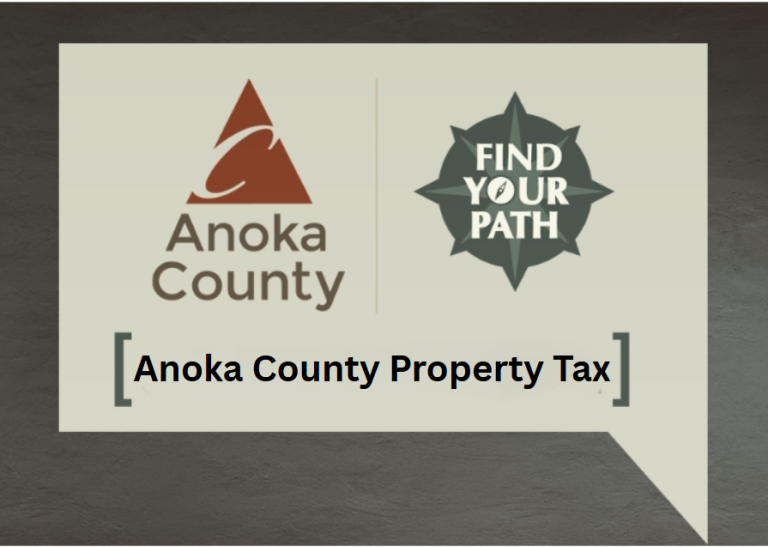Navigating the intricacies of property taxes in Anoka County, Minnesota, can occasionally feel like assembling a puzzle with missing pieces for property owners. It’s critical for locals to comprehend how these changes will affect their financial situation because of growing municipal taxes, new laws, and changing tax regulations. Both homeowners and investors need to be aware of some important changes as we approach 2025 in order to properly manage their property taxes.
In addition to managing tax collection, the Property Records & Taxation Division of Anoka County offers crucial services like property assessments and record-keeping. Homeowners receive property tax statements in March, detailing the amount owed for taxes that support state obligations, local services like schools, and city infrastructure. Given the recent modifications to tax exclusions, local levies, and available relief programs, it is more crucial than ever to comprehend this system and all of its complexities.
Related Information Table: Key Property Tax Information in Anoka County
| Property Tax Information | Details |
|---|---|
| Property Tax Statements Mailed | Mid-March for residential, July for manufactured homes |
| Homestead Market Value Exclusion | Increased threshold to $517,200 for 2025 |
| Renter’s Property Tax Refund | Integrated into income tax returns for 2025 |
| Property Tax Refund Filing | Homeowners file Form M1PR by August 15, 2025 |
| Average Tax Increase for Commercial/Industrial Properties | Higher than residential increases |
| Contact Info for Questions | Property Records & Taxation Division at 763-323-5400 |
For more information, visit Anoka County Property Records & Taxation , Instagram
Property taxes are being impacted by new legislation and increased local levies
Homeowners’ tax burden has been impacted by major legislative changes made to Minnesota’s property tax laws in 2023. The raising of the exclusion threshold for homestead market value is among the most noteworthy changes. The exclusion used to phase out when a home’s value exceeded $413,800, but this year it was raised to $517,200. As a result of this change, many homeowners will see a slight decrease in their taxes because homes with higher values are exempt from property tax calculations. However, since the benefit of the exclusion has been diminished, those who own properties that surpass the new threshold may have to pay more in taxes.
Property taxes have increased locally as a result of increased levies from county, school, and city entities. Important services are funded by these levies, but they also result in higher tax rates for property owners. Compared to residential properties, the tax increases may be especially high for those in commercial, industrial, and mixed-use areas, which can put a on investors‘ and small businesses’ budgets. Keeping up with these changes and their implications for your particular property type is crucial to controlling your future financial expectations.
What Does the Renter’s Credit Change Signify for Anoka County Renters?
The property tax environment in Anoka County is also evolving for renters. The Renter’s Property Tax Refund return (Form M1PR) will no longer need to be filed separately by renters as of 2025. Rather, the credit will be applied straight to their income tax return, simplifying and easing the filing process. Although renters will need to get used to the new system, this change reflects a continuing trend to make tax-related procedures easier for the general public. However, homeowners will still use the conventional M1PR form to submit their property tax returns, with a 2025 deadline of August 15.
It’s crucial for locals to comprehend how these changes in tax returns will impact their short- and long-term financial planning. Renters may need to adapt to a more integrated tax filing system, so make sure you understand the new procedure.
Important Things to Keep in Mind When Managing Your Property Tax Statement
It’s critical to thoroughly check property tax statements for accuracy when they arrive in March. Homeowners should be informed that as of January 1, the statement is sent to the taxpayer on file. The statement might go to the prior owner when a property’s ownership or financing changes. Because of this, it’s crucial to verify the information and ask for a copy if required, particularly if a transaction like a mortgage satisfaction, sale, or refinance took place after January 1.
Although the Property Records & Taxation Division makes sure that statements are mailed by the middle of March, it is imperative that you get in touch with them and ask for a duplicate if you haven’t received yours by April 1. Likewise, your statement will be mailed in July if you own a manufactured home, and you can request a duplicate if you haven’t received it by July 15. You can prevent needless confusion and ensure that you’re ready to pay your property taxes on time by being proactive about these details.
Anoka County’s Property Tax Future
With possible modifications to local levies and new legislative updates that could further change the tax landscape, Anoka County’s property tax system will continue to change as the county develops. Investors and homeowners need to be aware of these changes and make sure they know exactly how any new rules or regulations will impact their financial commitments.
Residents of Anoka County can better manage their financial future by being aware of the recent changes and paying careful attention to their property tax statements and the refund filing deadlines. Homeowners can confidently negotiate the complicated world of property taxes by being proactive, remaining informed, and getting help when needed.


